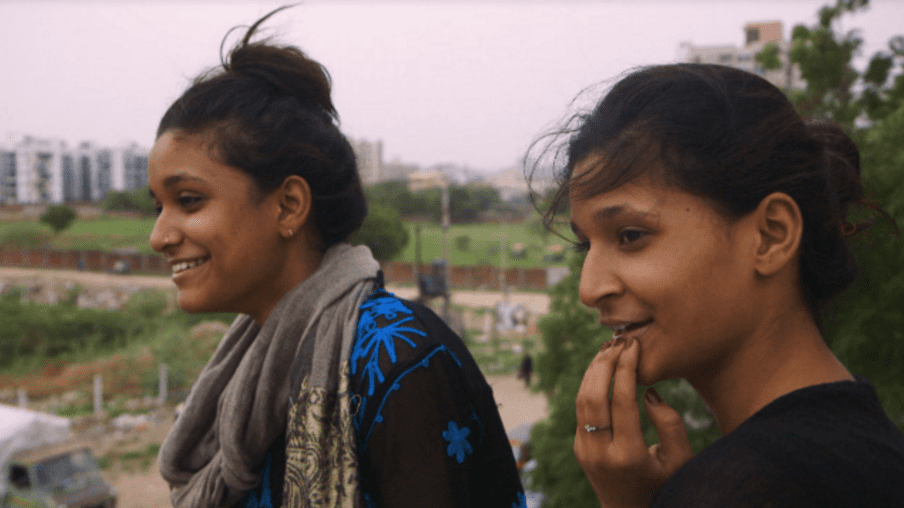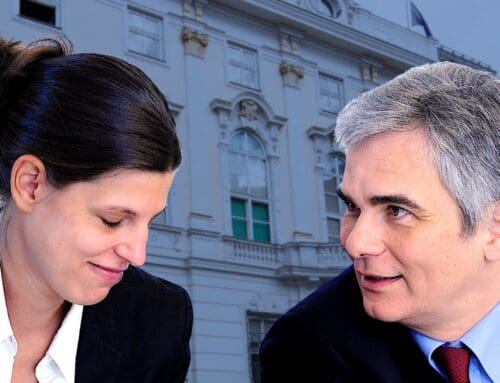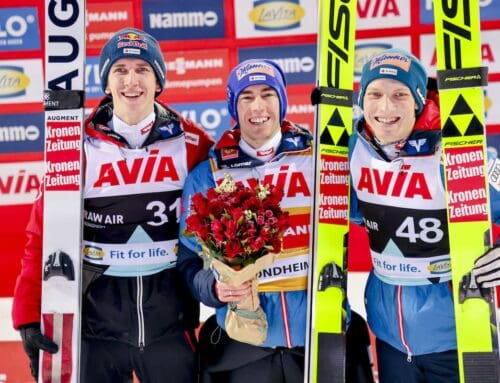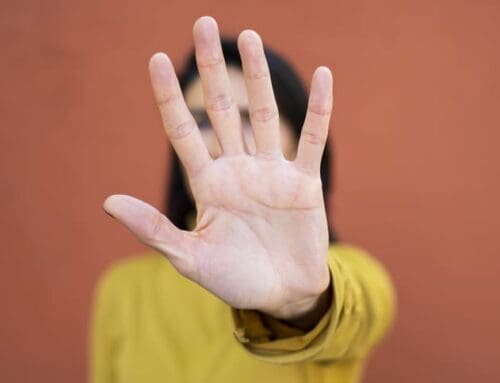

Was hat sich beim Locarno Filmfestival gelohnt
Alfred Schlienger / 14.08.2023 Die most reliable section is clearly the rich documentary series „Semaine de la critique“. Film festivals are, and this is the case everywhere, programmed overload. This year in Locarno: 214 films at 13 venues and in 11 sections, from the international competition to the Piazza program, the retrospective, the young talent series, the Histoire(s) du cinéma, Panorama Suisse, and the Kids program. Even ambitious festival-goers can only manage to see 15 to 20 percent of this offering in the ten days of August. A comprehensive judgment of a year would therefore be marked by some arrogance – as can be observed in some so-called leading media. However, if you have been following the Locarno Film Festival for decades, you can still recognize individual trends and issues. The perennial dilemma: Locarno is meteorologically and touristically favorable, but in terms of competition – squeezed between Cannes, Venice, and Toronto – it is rather suboptimal. For filmmakers, the motto is: „Who can, goes to Cannes.“ Or to one of the other major festivals in this time frame. The rest is left for Locarno. Worthy of a prize? Film is an expensive art. And there simply aren’t enough genuinely good films in the field of young auteur cinema, which Locarno specializes in for its competition. In this year’s program, at most a third of the films were competition-worthy and deserving of a prize. The rest is filler material that will never make it to the cinema. However, it must be added that cinematic suitability can of course neither be the only nor the most important selection criterion. Festivals must also be places for cinematic experiments and innovations, for exploring new ways of watching and storytelling. This is precisely why many people travel to festivals, because here they can see films that they wouldn’t see in the cinema otherwise (yet). However, some of the inadequate films are not experimental at all, they are often told in a rather conventional way and simply do not meet the minimum standards in terms of plausibility, dramatic coherence, acting direction, or visual power. In Locarno, the international competition has often been overcrowded with more than twenty films in recent years. The current artistic director, Giona A. Nazzaro, seems to have recognized that less is often more, and this year he was satisfied with 17 films from 15 countries. A further reduction to 10 to 12 films would probably be beneficial for further improving the quality of the festival competition. The quality guarantors The reliable counterpart to the competition program is the documentary section „Semaine de la critique“. Each film here presents a different approach to its subject, not a single film falls short, they all possess a content and formal flexibility, a seriousness and urgency that convinces and touches. Therefore, numerous festival-goers structure their Locarno program around these fixed quality guarantors. Each of these films deserves a detailed review. Here, a few highlights will have to suffice. „Les Soeurs Pathan“ by Eléonore Boissinot „Les Soeurs Pathan“ by Eléonore Boissinot immerses itself in the limited world of the two sisters Sofia and Suzain. They come from the western Indian state of Gujarat, Gandhi’s homeland. Twenty years ago, an anti-Muslim pogrom took place there, which they themselves no longer remember, but which hangs like a trauma over the entire family. Thousands of Muslims were killed at that time, hundreds of thousands were displaced. Like a harsh guardian, the father watches over his daughters and wants to protect them from the dangerous outside world – but the two sisters long for nothing more than to participate in public life themselves, from which they are cut off. With great closeness, Boissinot creates a touching and refreshing intimate image of this huis-clos situation of the two young Muslim women. Diverse closeness Mehdi Sahebi also gets close to young refugees from the Middle East in „Prisoners of Fate“ who are trying to find a new home in Switzerland. Sahebi himself fled from Iran to Switzerland forty years ago and has since studied ethnology, history, and international law here. Are we prisoners of fate or can we rebel against it and take our lives into our own hands? The questions go under the skin. And the answers are not uniform. However, the seriousness of the topic is repeatedly broken by a warm, friendly humor. This highly worth seeing documentary will be released in Swiss cinemas in spring 2024. It would have been nice to see it there already in this election autumn. „Prisoners of Fate“ by Mehdi Sahebi In a completely different way, the Israeli Ohad Milstein gets up close and personal with his parents – and himself. In „Monogamia“, he interviews his father and mother individually about their intimate lives and how faithful they have remained to each other sexually over the years. It is undoubtedly one of the strengths of this film that the author includes himself and his own wife in this discourse. The claim of this documentary: that the intimate relationships of both the older and the younger couple have been significantly revitalized by this new openness. Of course, a documentary cannot really prove this. „Wanha Markku“ by Markus Toivo Father-son stories often revolve around missing or longing for closeness. The young Finn Markus Toivo cleverly, openly, and playfully traces the traces left by an absent father in his nine-member family in „Wanha Markku“. Two fundamentally different characters become visible without devaluing each other. The father is a doer who has been working on his house all his life, which never gets finished. The son is a quiet, reflective thinker who challenges the louder father to rhetorical flights of fancy. It is a pleasure to watch the two of them and reflect on one’s own father story
Original Artikel Teaser
Was hat sich gelohnt am Locarno Filmfestival?
Alfred Schlienger / 14.08.2023 Die qualitativ zuverlässigste Sektion ist ganz klar die gehaltvolle Dokumentarfilmreihe «Semaine de la critique». Filmfestivals sind, und das ist überall so, die programmierte Überforderung. Dieses Jahr in Locarno: 214 Filme an 13 Spielorten und in 11 Sektionen, vom internationalen Wettbewerb über das Piazza-Programm, die Retrospektive, die Nachwuchsreihen, die Histoire(s) du cinéma bis hin zu Panorama Suisse und zum Kids-Programm. Auch ambitionierte Festivaliers schaffen in den zehn August-Tagen maximal 15 bis 20 Prozent dieses Angebots. Ein belastbares Gesamturteil über einen Jahrgang wäre also geprägt von einiger Überheblichkeit – wie man sie in manchen sogenannten Leitmedien beobachten kann. Wenn man das Locarno Filmfestival seit Jahrzehnten verfolgt, sind aber doch einzelne Trends und Problematiken zu erkennen. Das Urdilemma seit









